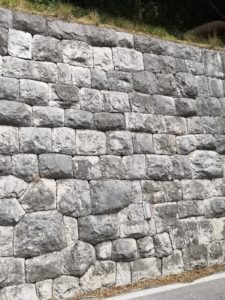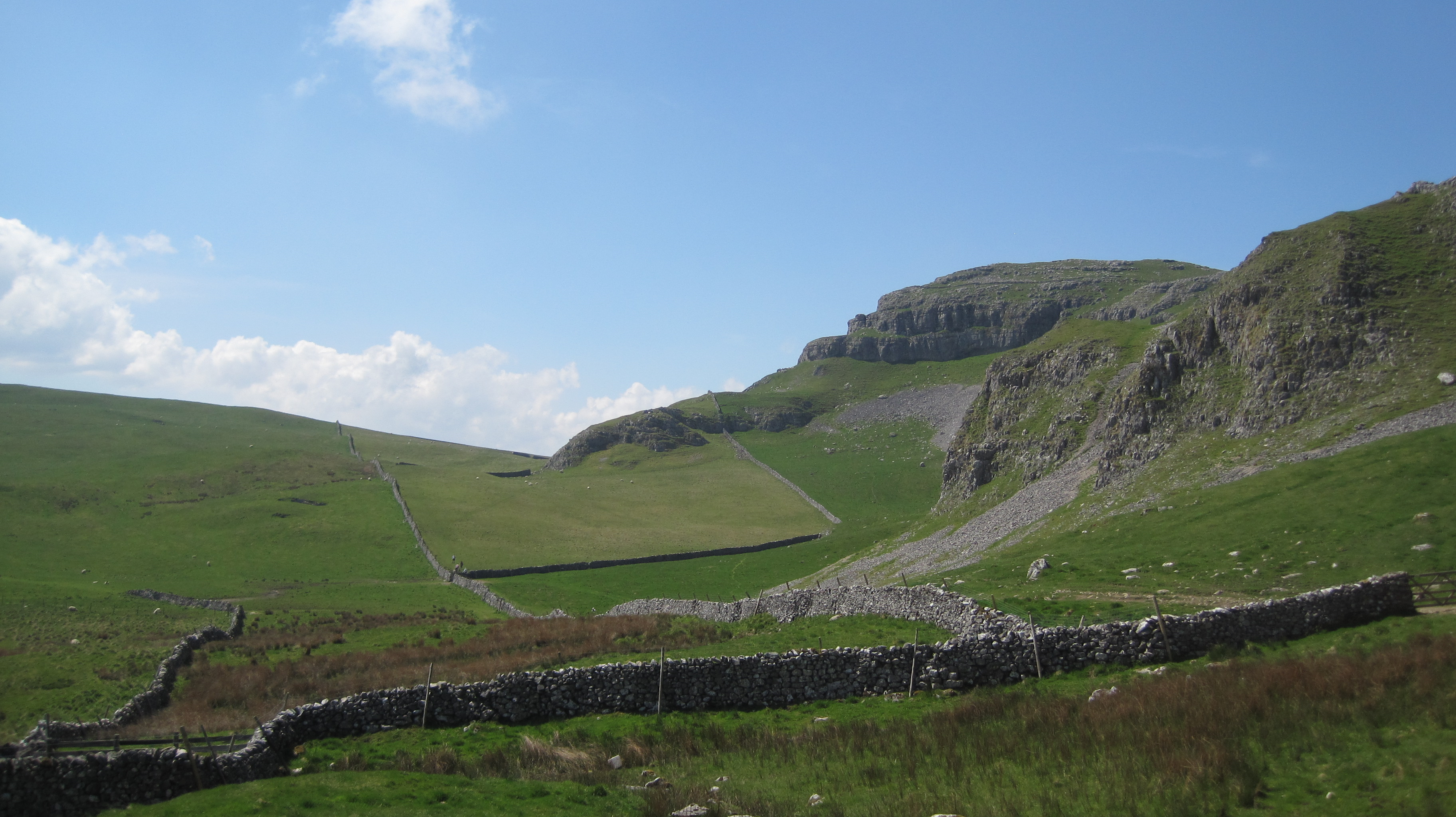A dry stone wall is made of stones without cement binding them together. Dry walls have been used since Antiquity for delineating boundaries between fields. In Yorkshire, a region renowned for its walls, they are traditionally built by teams of two people working together, one on either side. The workers use rocks that are available in the place. Dry walls are therefore consistent with the local geology and, although created by humans, blend into the territory, becoming a habitat for animals, insects and plants.
The Anthropocene invites us to think about the multiple values created by dry walls. To start with, although the timing of the Anthropocene is contested, some would see the development of farming, with the partition and organization of the fields—initially, precisely through dry walls—as the very beginning of this era.
Dry walls, though, do not ever only matter geographically and spatially. Beyond being appreciated for being an artisanal product in themselves, they have over time disciplined the landscape, made it readable along different registers of value, and enabled, over time, the re-imagination of this value. Dry walls have, for instance, defined boundaries around what is familiar/unfamiliar (home, what is close to the heart, memory, tradition), and what is ours/theirs (property and law). Walls, in this perspective, have both symbolized and performed inclusion and exclusion, looking inward or exploring beyond. They have also been a site of identity negotiation – “us” on this side of the wall, “them” on the other.
Dry walls, originally associated to small-scale subsistence farming, are additionally where man’s living with/on the land comes into friction with modern technology, environmental exploitation, mass production. They also encourage reflections on the way value might change depending on the timeframe and focus of our perspective. When it comes to ecological conservation, for example, dry walls can be seen, in a sense perhaps more rooted in our present, as ecosystems for the local fauna and flora worth preserving in themselves. Alternatively, in a longer timeframe, drywalls can be approached as man-made interventions (not worth preserving) on land that was previously pristine and which should be re-wilded.
Dry walls are therefore a site of value creation, negotiation and contestation across many domains: natural sciences, economics, history, politics, law…
The following poem gathers reflections stimulated by a drywalling course in the Yorkshire Dales National Park in 2013. It was published in the anthology Poems for Mamilla as part of the Mamilla International Poetry Festival in Ramallah and Jerusalem, 7-9 September 2013. It both condenses and expands issues to do with dry walls.
Walls
I’ve walked along paths of stone,
petrified veins across an ancient body
that embraces the horizon
and two seas.
I listened to the voices
of the walls I encountered
across valleys dug by ice
and scorched Middle Eastern plains.
Murmurs from the past
resounded with surprise
that anyone would want to listen
to long forgotten stories.
Mistrust and fear of otherness
still echoed in my head
when I crossed Alpine meadows
below a peak called Allalin.
There medieval churches
oriented towards Mecca
whispered in my ears
of lost trading routes,
salt, spices, silk and furs.
Beyond Teutonic forests
in dark now empty rooms
I could still hear cries,
see terror scraped on paint,
threaded along barbed wire.
The lava walls of Sicily
spoke of blood, water and sweat
spilled by Greeks, Saracens, Normans
who gave the land, each, a different name
—to the lizards, orange groves and stones
they sounded all the same.
When I crossed the Mediterranean waves
blinded by the white light of midday
I breathed the dusty pavements
I had ran on myself
just elsewhere
on bare feet.
On my way to Jerusalem
I climbed brown hills
that looked like Scottish moors
on a dry summer spell;
as I entered an old cemetery in ruins
only few words were left to tell.
If like a stone from a crumbling wall
I fall and rolling come to rest
in a place I have not chosen to be
don’t walk away but pick me up,
take me back where I belong
and stand with me.
Archetti, C. (2014). Walls. In S. Cashman (Ed.), Poems for Mamilla (pp. 8-9). Otherworld Press Pamphlets.

Questions
- What kinds of borders and boundaries, separators, and thresholds are present in everyday life, society and politics? What value do they produce?
- What are the consequences of a dry wall, a fence in a garden, a fortification, a picket line, a “do not trespass” ribbon, a line traced on the pavement? What does it do by being there? What would happen if it did not exist?
- Who and what activities revolve around walls, including animals, plants, minerals, and other entities with their own agency (money, the weather, the security industry…)? What is the value of these entities and activities?
- What associations of words and images come to mind when you think about walls? What feelings/sensations do you experience? Do walls and boundaries have emotional, affective, or psychological value?
- How could you represent your reflections through a map and/or a drawing? What further thoughts, connections and potential sources of value emerge in that process?
Readings
Callahan, W. A. (2018). The politics of walls: Barriers, flows, and the sublime, Review of International Studies, 44(3), 456-81. https://doi.org/10.1017/S0260210517000638
Curti, G. H. (2008). From a wall of bodies to a body of walls: Politics of affect │ Politics of memory │ Politics of war, Emotion, Space and Society, 1(2), 106-118. https://doi.org/10.1016/j.emospa.2009.02.002
Helskog, K. (2012). Ancient depictions of reindeer enclosures and their environment, Fennoscandia archaeologica, 29, 29-54.
McGuire, R. H. (2013). Steel walls and picket fences: Rematerializing the U.S.–Mexican border in Ambos Nogales, American Anthropologist, 115(3), 466–480. https://doi.org/10.1111/aman.12029
Traugott, M. (2014). Barricades as material and social constructions. In C. Flood and G. Grindon (Eds.), Disobedient objects (pp. 26-33). V&A Publishing.
White, R. (2022). Hedges and field walls. Out of Oblivion: A Landscape through Time. http://www.outofoblivion.org.uk/hedges.asp
Author: Cristina Archetti
